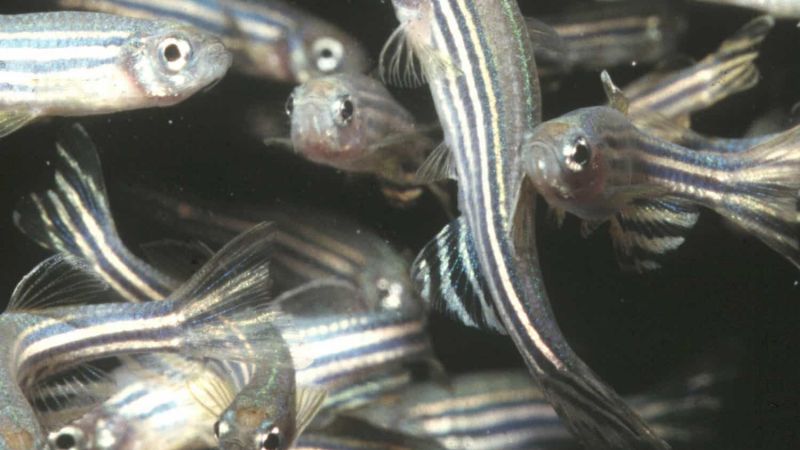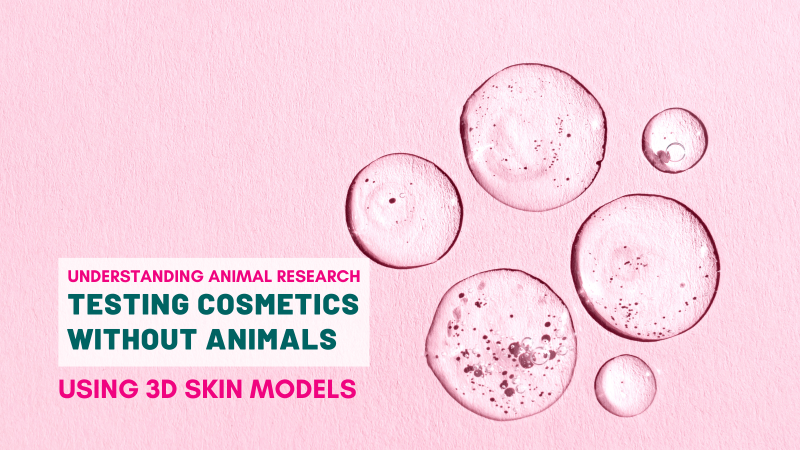Using fish, scientists have discovered a signalling pathway that could be used to treat skin cancers (melanomas). The pathway, PI3K (phosphoinositide 3-kinase) had a major effect on the progression of cancerous melanomas in zebrafish. Zebrafish are ideal for studying skin cancer as the melanomas are similar to those seen in humans, and the fish themselves are easy to observe because of their light-coloured, almost transparent skin.
Signalling pathways regulate cell division, migration and death. The pathways form a complex network to relay these various commands to cells. But when the signalling molecules mutate, the result is often excess cell division which can lead to cancer.
The team looked at two major pathways called Ras and PI3K. They found fish often developed melanomas which progressed rapidly if molecules in these pathways were mutated. The discovery that PI3K was directly involved indicates that it could be a suitable target for melanoma therapy.
The mutant zebrafish also passed on the mutations to their offspring. In this they were strikingly similar to the human inherited syndrome FAMM (familial atypical mole and melanoma).
This study highlights a potential target for therapy, but also gives scientists new insights into the mechanisms of melanomas, revealing other possible targets. Further research into these models will be required to see if they're as promising as this initial study indicates.
Last edited: 11 July 2023 11:03



